
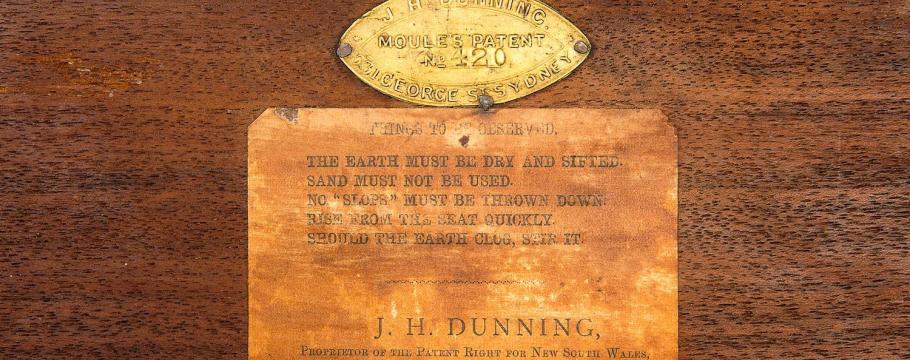
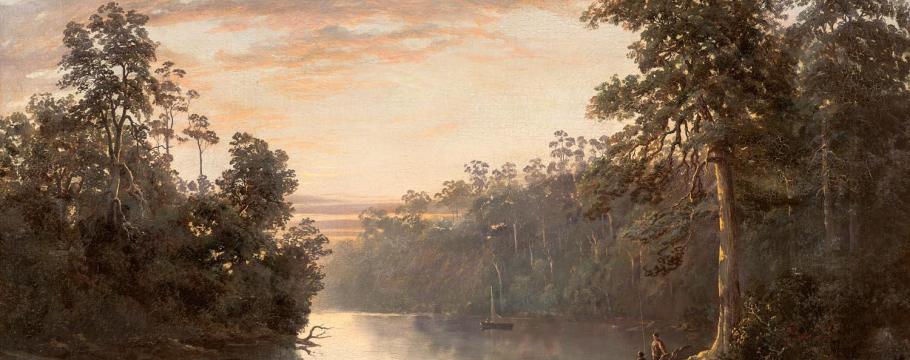


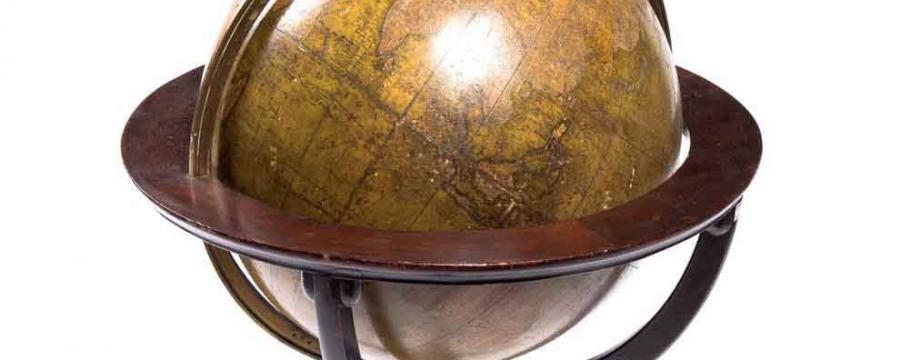
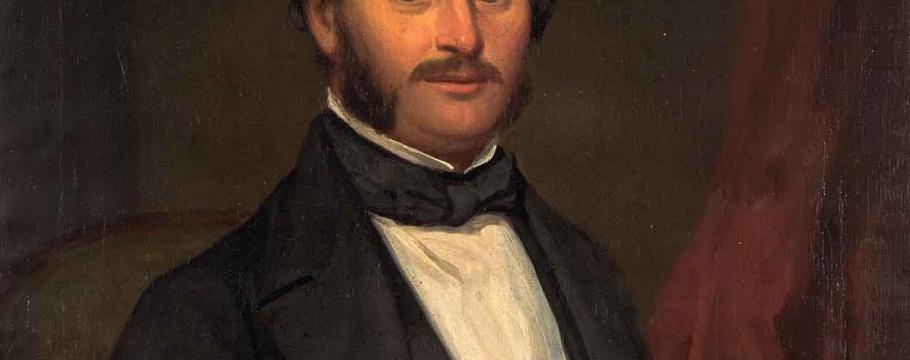
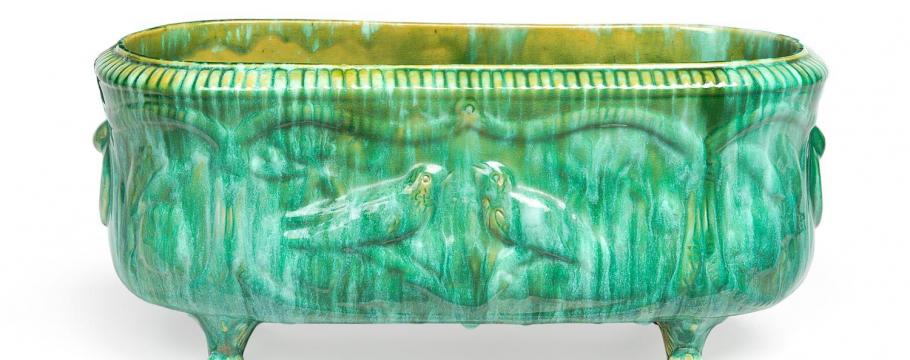
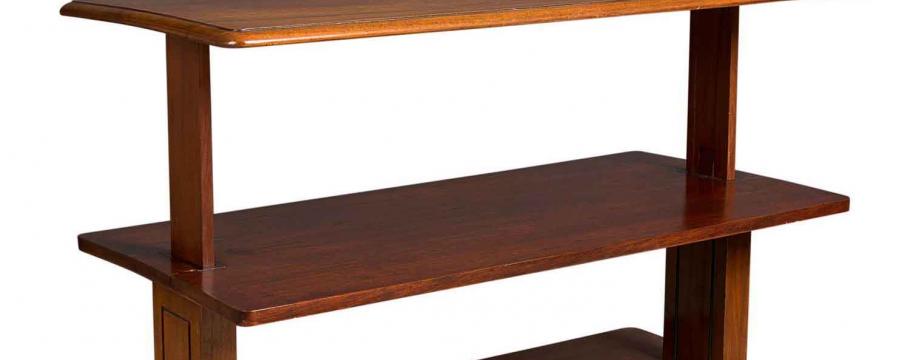

"Dunny" commode to bring favourable auction aroma
Author: Richard Brewster | Posted: 24th June, 2016
A rare and original cedar “dunny” commode circa 1869 is part of an impressive collection of early Australian colonial furniture, belonging to renowned antique dealers Suzanne and Chris Morris, that will go under the hammer from 10.30am Tuesday June 28 at Mossgreen’s Australian & Colonial History auction 935 High Street, Armadale.
Reverend Henry Moulle (1801-1880) invented the dry earth compost toilet or closet following London’s “Great Stink” of 1858, when a defunct sewer system led to several cholera outbreaks.
The key to the new design was the use of earth, sawdust or ash from fireplaces (creating a deodorising effect) instead of the water employed in conventional closets or chamber pots.
Successfully distributed and tested throughout the United Kingdom and India, the closet was introduced into Australia in 1866 when Mr J.H. Dunning became the New South Wales patent holder – leading to the affectionate term “dunny” for the device.
Given their own pavilion at Sydney’s 1869 International Exhibition, the closets and commodes proved very popular and sold for just over £4.
Within a few years, Melbourne had installed more than 300 closets in public buildings and private households and the new invention became an indelible part of Australian social history and vocabulary.
This particular example (lot 415) is made of cedar wood and has an original paper label beneath the lid with instructions from Mr Dunning on how it should be used.
The Morrises, who recently sold their large Sherbrooke property and are auctioning part of their collection as a result, have been passionate collectors and notable antique dealers (Henty on the Hill and Chris Morris of Sassafras) since 1973.
Chris was a founding member and vice president of the Victoria Furniture History Society and both he and Suzanne have lectured and written many articles on colonial living and furniture.
Other Australian cedar furniture items of interest in their auction collection include an early gents press, a finely proportioned Thomas Hope chiffonier, an 1840s bookcase and a rare 1840s telescopic dumb waiter.
The auction contains several interesting curios in its Convicts & Transportation section that features documents relating to convict transportation and behaviour.
One, a rare Convict Department Form No. 62, cites the case of convict Henry Stevenson – convicted at age 13 in Liverpool England for stealing a handkerchief and sentenced in April 1836 to transportation for seven years.
Stevenson arrived in May 1837 in Hobart aboard the Frances Charlotte, along with 149 other young male convicts.
He was constantly in trouble, punished between July 1837 and January 1843 for 40 minor infringements of prison discipline.
In December 1845, Stevenson was transported for four years to Norfolk Island for burglary and between November the following year and June 1855 was punished for an additional 36 offences.
He finally received his Ticket-of-Leave on August 26, 1856 – a document that with good behaviour would have been due in 1840, three years after he arrived in the colony.
There are several colonial paintings in the sale including William Charles Piguenit’s (1836-1914) Fishing on the River 1877 and convicted forger Joseph Backler’s portraits of successful New South Wales grazier Robert McPhillamy and his wife Catherine.





